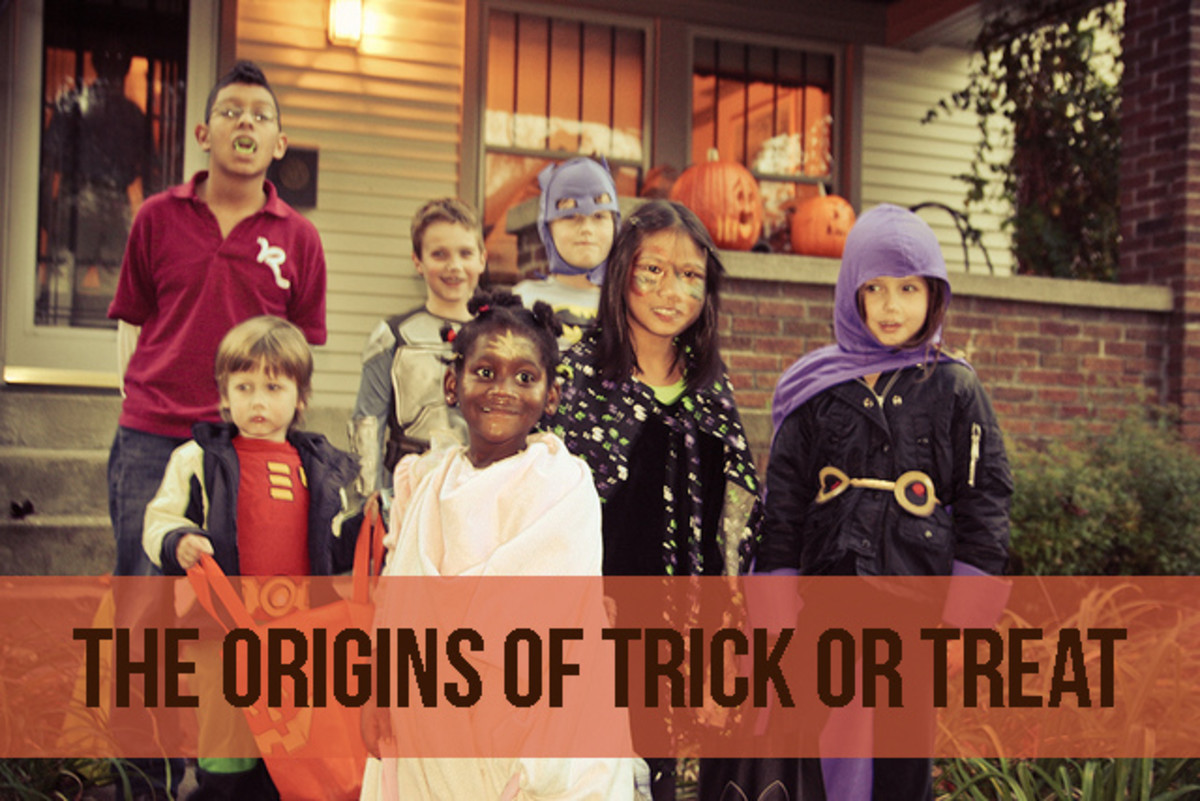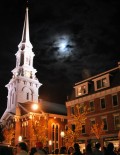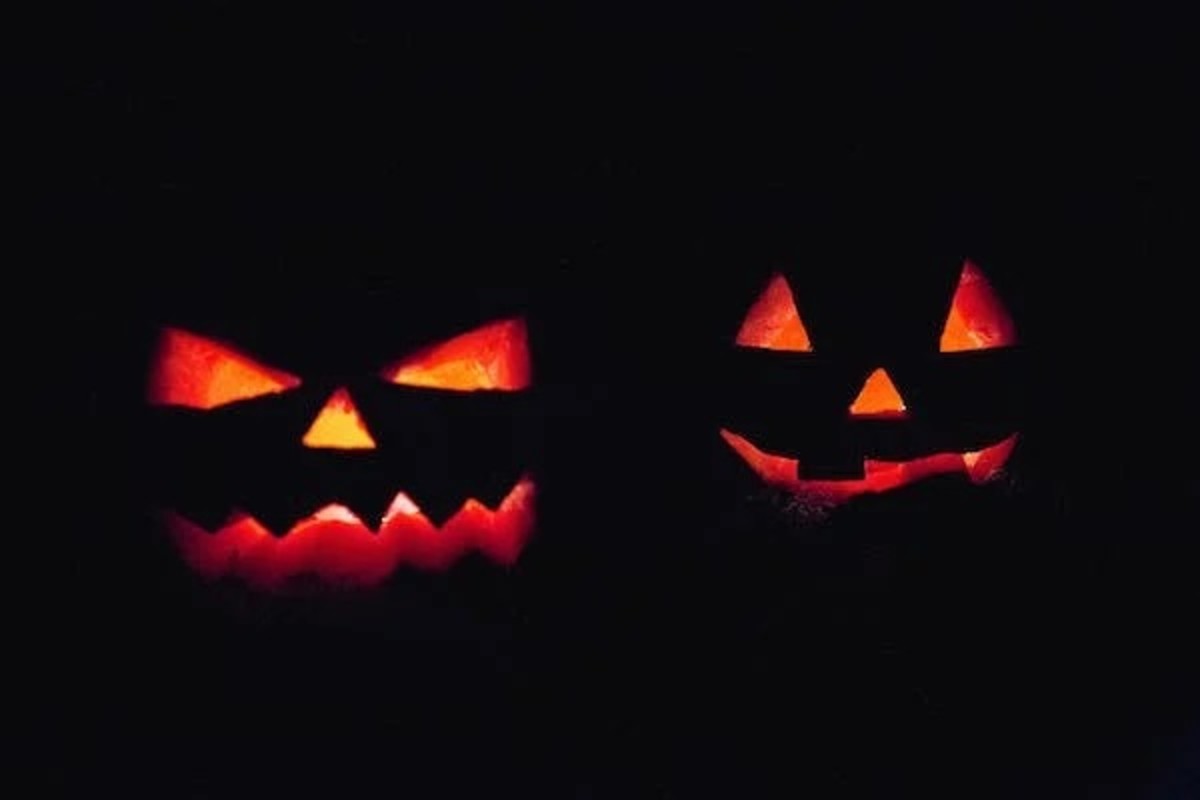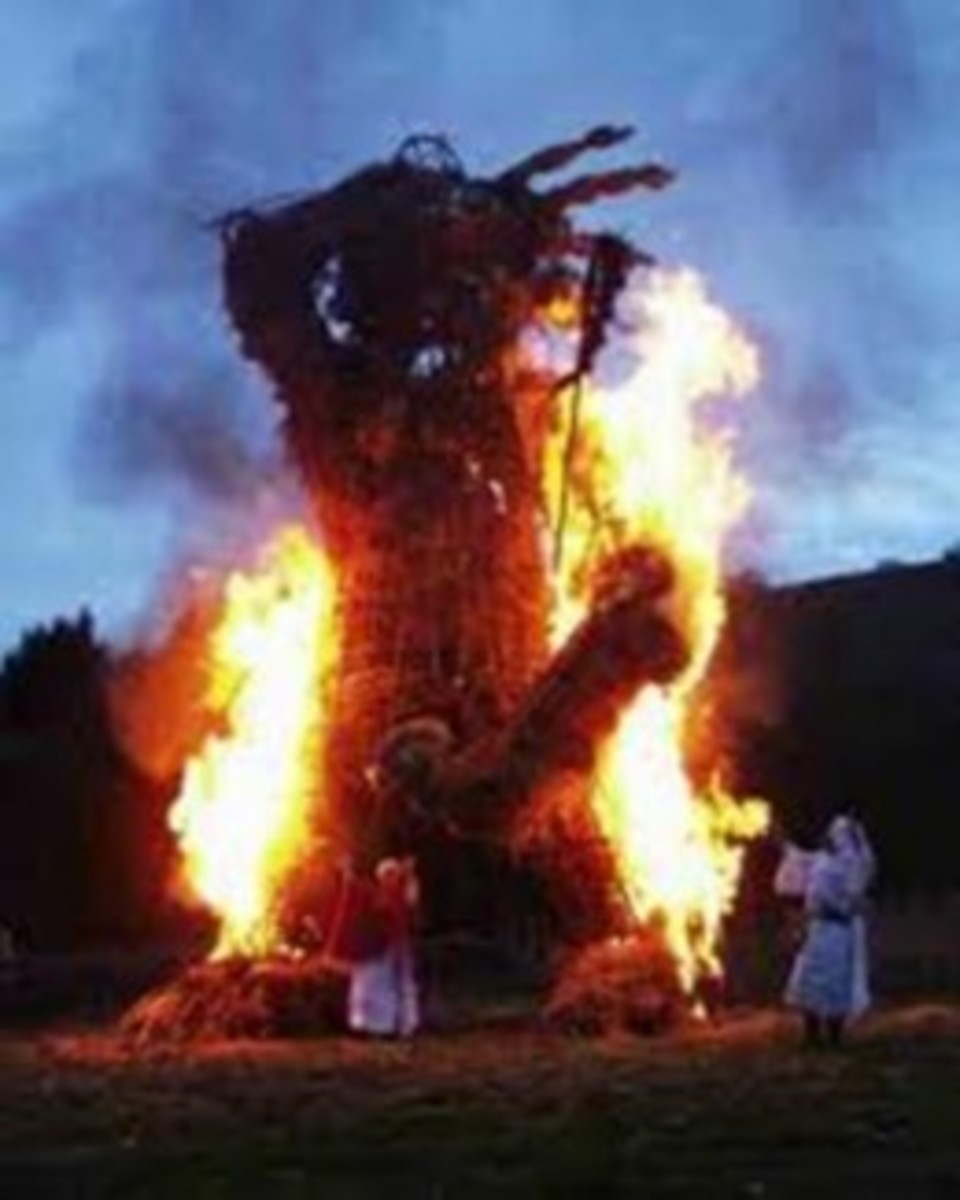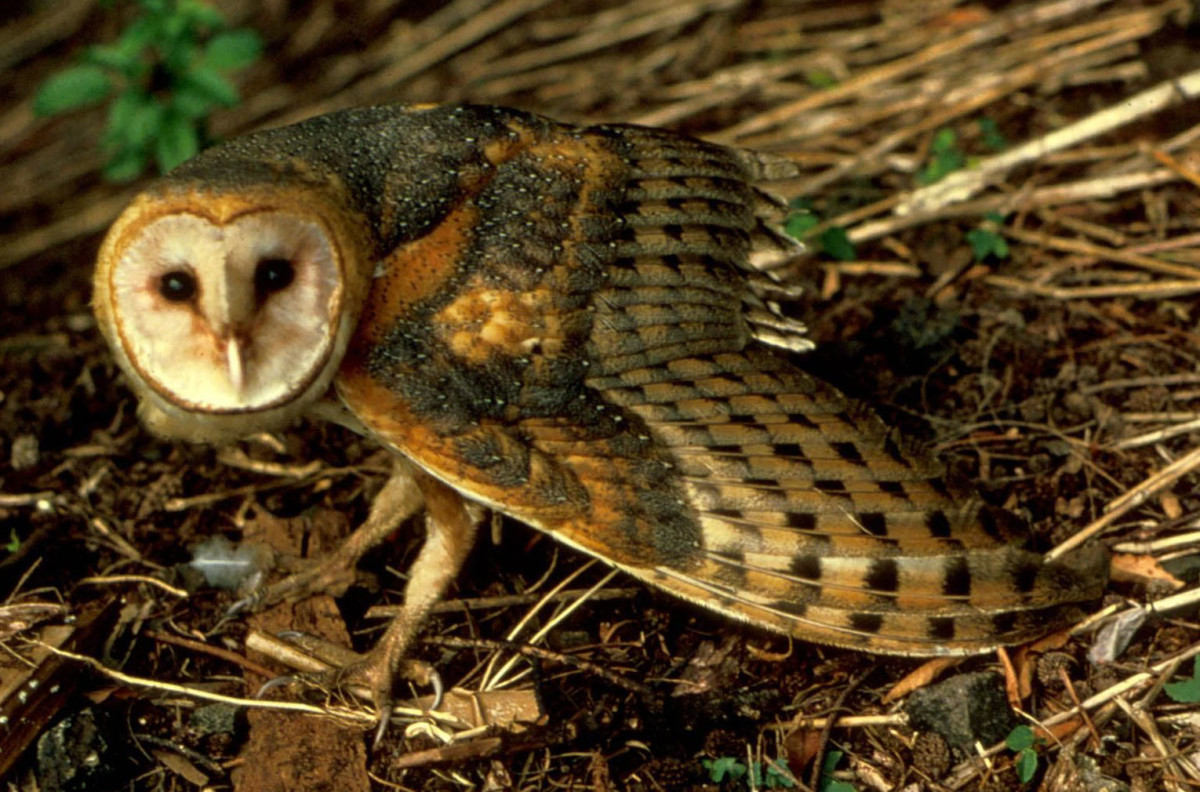Why Do People Celebrate Halloween?

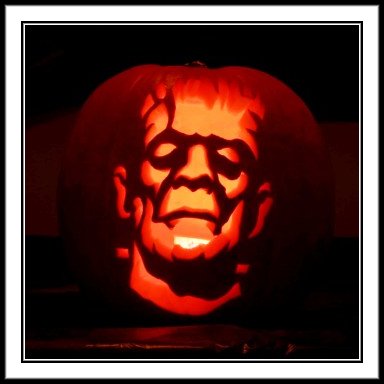
History Of Halloween
The history of Halloween stems from a pagan holiday honoring the dead and is celebrated on October 31st, the last day of the Celtic calendar.
The celebration began over 2,000 years ago and was referred to as "All Hallows Eve". Halloween is one of the oldest holidays celebrated today.
However, millions celebrate it without knowing its origins and myths.
For some the day is just a time to have fun. Dressing up in costumes or trick-or-treating are common practices today. But, others see it as a day celebrating evil and shouldn’t be observed at all.
Notwithstanding Christian views, Halloween is often celebrated with no reference to paganism or the occult. Many Christians give no negative connotations to Halloween. It’s treated purely as a fun way to celebrate imaginary scary entities and give out candy.

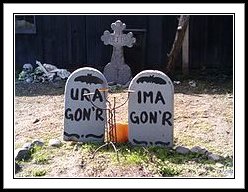
A Pagan Festival
On the other hand, some consider Halloween totally incompatible with Christian religion because it’s a pagan festival honoring the dead. Jehovah’s Witnesses don’t celebrate the occasion because they hold anything originating from paganism should not be celebrated. Wiccan practitioners also find Halloween offensive because it portrays only the stereotype image of wicked witches.
There is much controversy about when and where Halloween began, but all have some common themes which remain consistent throughout. But most researchers agree Halloween origins can be traced back to the Druids. The Druids were a Celtic culture in Ireland, Britain and parts of Europe. Halloweens’ beginning is believed to have originally been the feast of “Samhain” held on October 31st in honor of the dead.

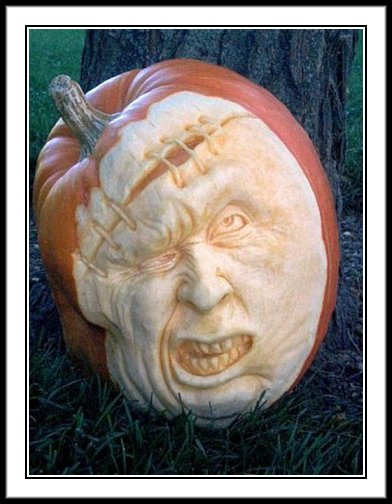
End Of The Celtic Year
The term “Samhain” means "summers end" or November and was a harvest festival celebrated by huge sacred bonfires. It marked the end of the Celtic year and a new beginning. Most of the festivities were of a superstitious nature.
It was thought the souls of the dead roamed about on this particular night. Presents and treats were put out in an attempt to bribe evil spirits into letting their next crops be abundant. This eventually evolved into our present day trick-or-treating.
The Celts believed spirits could cross over to our world on this night. Family's ancestors were honored while harmful spirits were warded off. It’s thought this practice led to the wearing of costumes and masks to disguise themselves as evil spirits for protection.

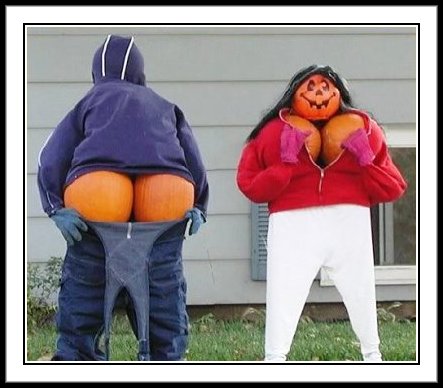
The Halloween Pumpkin
Some of the decorations used at Halloween have strange origins, such as the inevitable “Jack-O-Lantern”. This practice actually began with the Celtic custom of commemorating souls in purgatory with candle lanterns carved from large turnips to ward off evil spirits.
The carving of pumpkins at Halloween in North America stemmed from the fact they were easier to carve than turnips, much more plentiful and were already associated with harvest time in general. They began appearing around the mid-to-late 19th century.

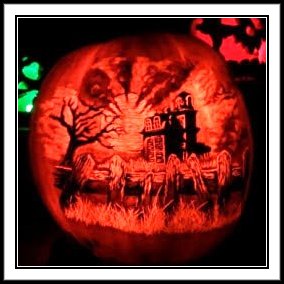
Divination
Another practice was divination, usually involving the use of food and drink. Thus, the candy apple and apple dunking eventually made their debut as one of modern day Halloween offerings.
At one time, candy apples were commonly given to children, but the giving of candy apples declined in the face of widespread media hysteria claiming some individuals were putting pins and razor blades in them. In actuality, these acts were quite rare and none ever resulted in serious harm. Nonetheless, many parents were convinced these practices were rampant. During the time of this hysteria, some hospitals even offered to X-ray children's Halloween treats free of charge. Sadly, the few rare incidents involved parents who poisoned their own children's candy.

Foretelling A Person's Future
An old Scottish way of foretelling a person’s future spouse was peeling an apple in one strip and tossing it over their shoulder. It was believed the peel would land in the shape of the first letter of their intended’s name. Single women of that era believed if they stared into a mirror on Halloween night in a darkened room they would see the face of their future husband. However, if they were going to die before marriage, they would see a skull. The superstition was so popular it was commemorated on greeting cards during the late 19th century and early 20th century.
The origin of trick or treating is commonly believed to have started with the practice of giving and eating “Soul cakes. A Soul cake is a small round cake made for All Soul’s Day, a day to celebrate the dead. The cakes were handed out to mostly children and poor folks who would go from door to door singing and offering prayers for the dead. Each cake they ate would signify a soul freed from purgatory.
One custom still alive in Ireland is the baking or buying of a “barmbrack”, a type of fruitcake. A ring, coin or other charm is placed into it before baking. The superstition infers those who get one with a prize inside will find their true love sometime in the next year.
Despite the many customs and practices from which the Halloween traditions of today originated millions of children, as well as adults, still observe the holiday without knowing why. To them, it’s simply just great fun.




